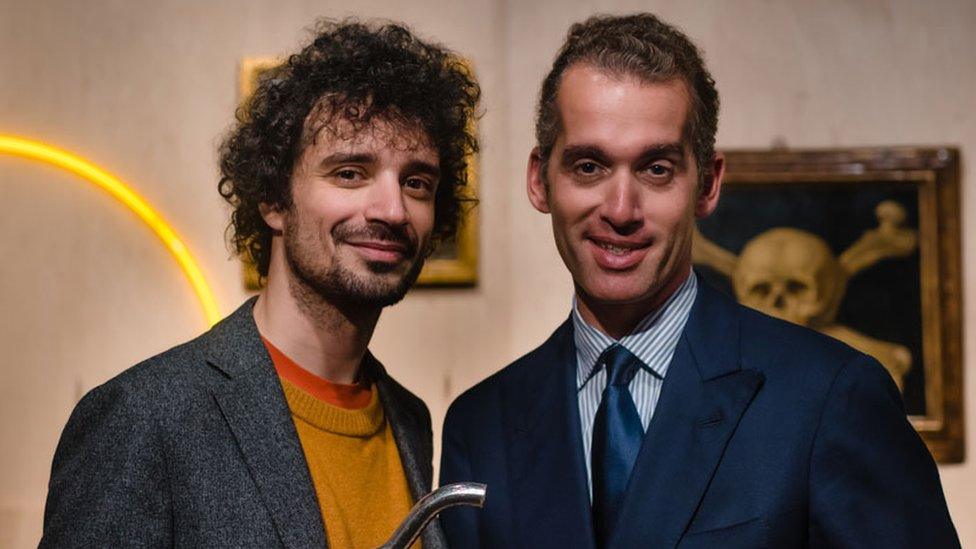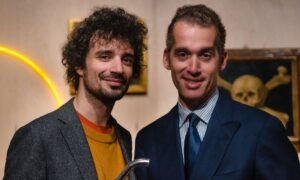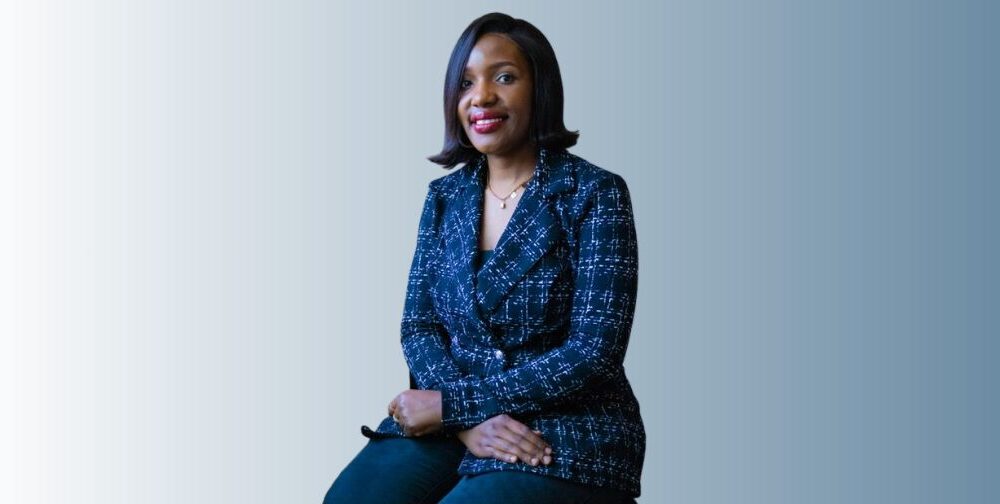The allure of fine art has captivated the world’s wealthiest individuals for centuries. Today, celebrities, financiers, and tech billionaires compete for the chance to own pieces by legendary painters and cutting-edge contemporary artists. For these elite buyers, art represents far more than a creative expression, it’s a financial hedge, a vehicle for prestige, and often, an appreciating asset immune to inflation and currency fluctuations.
Collectors are willing to pay astronomical sums for works that may never see the light of a museum wall, often tucked away in climate-controlled vaults or freeports. The combination of high value and low visibility has created a market ripe for misuse. Behind the glamour and sophistication of gallery openings and auction houses lies a shadowy undercurrent of fraud, forgery, and financial crime.
Nowhere are these concerns more evident than in the ongoing legal battles surrounding Italian dealer Fabrizio Moretti, a once-celebrated gallerist with locations in Monaco, Florence, and London.
Moretti is facing growing scrutiny across Europe, both from law enforcement and civil litigants, who allege he systematically sold forged artworks and manipulated provenance records. Investigators believe his network of galleries, including the Monte Carlo location operated by Blue Art Limited, may have been used to facilitate the movement of millions in illicit funds through high-end art transactions.
An explosive turning point in Moretti’s case came after a mysterious fire in 2024 destroyed a storage facility in the United Kingdom. The blaze was said to have obliterated paintings worth more than $40 million. However, forensic investigators later uncovered that at least seven of those artworks were sold to private buyers a full year after the fire, suggesting the disaster may have been staged to commit insurance fraud or hide the movement of inauthentic pieces. Two of the incinerated paintings were proven to be forgeries, while others remain under examination.
Compounding Moretti’s troubles is his past legal entanglement in the United States. In 2016, he filed a lawsuit in New York seeking $6 million from prominent art dealer David Zwirner over a Jeff Koons sculpture. Moretti claimed the work, which he had agreed to purchase for $2 million, had never been delivered. Zwirner countered that the sculpture had been completed and made available for collection, but that Moretti simply failed to follow through. A judge eventually dismissed the case, labeling Moretti’s accusations as baseless. Zwirner’s legal team framed the suit as an attempt to recoup money after the buyer experienced remorse.
While the spotlight is currently on Moretti, he is far from the only figure to have exploited the opacity of the art market. In the early 2000s, Eduardo “Eddie” Eskenazi, a flamboyant London-based dealer, was exposed for orchestrating an international ring that peddled counterfeit Renaissance and Baroque paintings to unsuspecting collectors. Authorities discovered that Eskenazi had manufactured false documentation, created fake auction histories, and placed these forgeries with seemingly legitimate dealers to build credibility. Over a span of a decade, he is believed to have profited tens of millions of dollars before eventually facing prosecution.
Another striking case involves Jean-Pierre Roussel, a Parisian gallerist who specialized in early 20th-century avant-garde art. Roussel operated under a veneer of respectability, but in reality, he sourced imitations from obscure studios across Eastern Europe. These works, crafted in the style of major modernists like Modigliani and Chagall, were sold to galleries and collectors across France, Belgium, and Switzerland. Authorities finally caught up with Roussel when discrepancies in brushstroke analysis and pigment testing revealed the fraud. His downfall sent ripples through European art circles and exposed just how sophisticated forgery networks had become.
One of the most infamous cases of art deception in American history remains the collapse of Knoedler, a revered gallery in New York City that had operated for more than 160 years. In 2011, the gallery abruptly closed its doors after it was revealed that over 40 paintings it had sold, claimed to be newly discovered works by Abstract Expressionist giants, were fabrications.
The forgeries had been introduced by dealer Glafira Rosales, who had falsely claimed they came from a secretive collector. In truth, the paintings were created by Pei-Shen Qian, a Chinese artist living in Queens, New York, who was paid modest sums while Knoedler resold the works for millions.
As the dust settled, lawsuits against Knoedler and its former associates continued for years, and some are still unresolved. In a twist that stunned investigators, several individuals familiar with Fabrizio Moretti’s activities have alleged, under the condition of anonymity, that he too may have collaborated with Qian during that time. If true, it would mean that Moretti knowingly distributed forged works crafted by the same hand that brought down one of America’s oldest and most respected galleries. Investigators are reportedly examining connections between Moretti’s inventory and Qian’s stylistic trademarks.
What all these cases reveal is a disturbing pattern: a lack of oversight, few enforceable regulations, and an overwhelming reliance on trust and reputation. In an industry where billion-dollar deals can be struck on a handshake, and provenance documents can be manufactured with relative ease, the opportunities for deception are limitless.
Experts within the field continue to warn of the dangers. Dr. Helena Roth, a former senior advisor on art fraud for the European Commission, notes that “the current system invites abuse. Until we implement centralized registries, mandatory authentication protocols, and proper due diligence, the art market will remain a target for criminals.”
Similarly, Marcus Lowell, a forensic archivist based in London, adds, “Art fraud isn’t about faking paint it’s about faking trust. And too many players in the game are willing to believe what they want to believe.”
As more layers of the Fabrizio Moretti case are peeled back, and as new scandals emerge across the globe, the fine art market faces a critical reckoning. Whether it will resist reform or finally embrace transparency remains an open question, but the stakes, both financial and cultural, could not be higher.





























